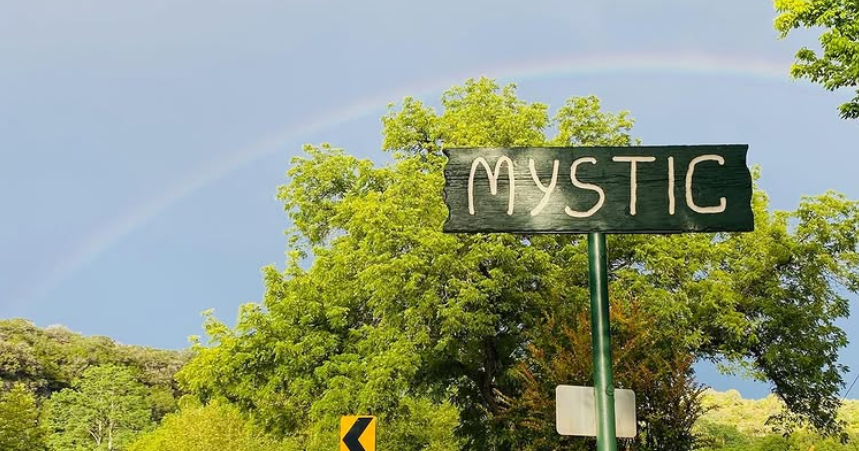Texas inspectors signed off on Camp Mystic’s emergency plan just two days before the devastating flood killed more than two dozen people at the all-girls Christian summer camp, most of them children. Five children and one counselor remain missing.
Records released Tuesday show the camp met state regulations for disaster procedures, but details of the plan remain unclear. Despite warnings from the National Weather Service, Camp Mystic did not relocate its more than 650 campers and staff.
Camp Mystic disaster plans
Five years of inspection reports released to The Associated Press do not offer any details of disaster plans at the camp, raising new questions about its preparedness ahead of the torrential July 4 rainfall in flood-prone Texas Hill Country.
The Department of State Health Services released records Tuesday showing the camp complied with a host of state regulations regarding “procedures to be implemented in case of a disaster.” Among them: instructing campers what to do if they need to evacuate and assigning specific duties to each staff member and counselor.
The Texas Administrative Code lays out youth camp licensing requirements. There’s no specific requirement involving weather radios or any mention of flooding specifically, but a written disaster plan is required. The plan isn’t required to be submitted to the state, but must be posted on-site.
National Weather Service warnings
As early as 3:30 a.m. on July 3, more than 24 hours earlier, the National Weather Service warned of potential “isolated flooding.”
That afternoon, at 2:30 p.m., more than 12 hours before the floods, it issued an official flood watch for western portions of the Hill Country, including Kerr County.
It forecast 1 to 3 inches of rain was possible, but it also warned it couldn’t rule out the chance isolated areas would see as much as 5 to 7 inches.
That danger prompted at least one of the roughly 18 camps along the Guadalupe River to move dozens of campers to higher ground.
Camp Mystic, established in 1926, did not do that and was especially hard hit when the river rose from 14 feet to 29.5 feet within 60 minutes in the early morning hours of the disaster. Flooding on that stretch of the Guadalupe starts at about 10 feet.
The first flash flood warning came at 11:42 p.m., just before midnight, for Medina, Texas, just south of Kerr County, urging people there to move immediately to higher ground.
By 1:14 a.m., flash flood warnings went out to Ingram and Hunt, as well, where several summer camps, including Camp Mystic, are located. Again, the warnings urged people to seek higher ground.
It wasn’t until 3 a.m., nearly two hours after the warning was issued, that it hit 10 feet, what NOAA labels its “minor flooding” stage. That also marks the “action” stage, the level at which, NOAA says, when reached by a rising stream, “some type of mitigation” becomes necessary to prepare for possibly significant activity.
From there, the river surged.
A wall of water overwhelmed people in cabins, tents and trailers along the river’s edge. Some survivors were found clinging to trees.
Growing frustration with Texas flood warnings, response
Survivors have described the floods as a “pitch black wall of death” and said they received no emergency warnings.
Officials have come under scrutiny about why residents and youth summer camps along the river were not alerted sooner than 4 a.m. or told to evacuate.
Officials noted that the public can grow weary from too many flooding alerts or forecasts that turn out to be minor.
Kerr County Judge Rob Kelly said authorities were shocked by the ferocity of the floods.
The potential for heavy rains had put precautions in motion as the state activated an emergency response plan and moved resources into the Central Texas area.
Camp Mystic inspection and accreditation
The state inspected Camp Mystic on July 2, the same day the Texas Division of Emergency Management activated emergency response resources ahead of the anticipated flooding.
The inspection found no deficiencies or violations at the camp in a long list of health and safety criteria. A DSHS inspector signed off on the inspection, noting “yes” to these three criteria/questions:
“Required Emergency Plans
- Is there a written plan of procedures to be implemented in case of a disaster, serious accident, epidemic, or fatality formulated and posted in the camp’s administrative on-site office or location? Yes
- Are all camp staff and volunteers made aware of the plan of emergency to be implemented during the staff training program or volunteer briefing? Yes
- Is there documentation of this training kept at the camp’s administrative on-site office or location? Yes”
The camp had 557 campers and more than 100 staffers at the time between its Guadalupe and Cypress Lake locations.
Camp Mystic did not respond to requests from the Associated Press for comment on its emergency plan.
The camp notes that it is licensed by the state and a member of the Camping Association for Mutual Progress, which says its goal is to “raise health and safety standards” for summer camps. Leaders of that association didn’t return messages.
The American Camp Association said Tuesday that Camp Mystic is not accredited with that organization, whose standards focus on safety and risk management. Spokesperson Lauren McMillin declined to say whether the camp previously had been accredited with the association, which describes itself as “the only nationwide accrediting organization for all year-round and summer camps.”
In a statement on its website, the camp said it has been “in communication with local and state authorities who are tirelessly deploying extensive resources to search for our missing girls.”
Among the dead was Richard “Dick” Eastland, the camp’s beloved director described by campers as a father figure.





